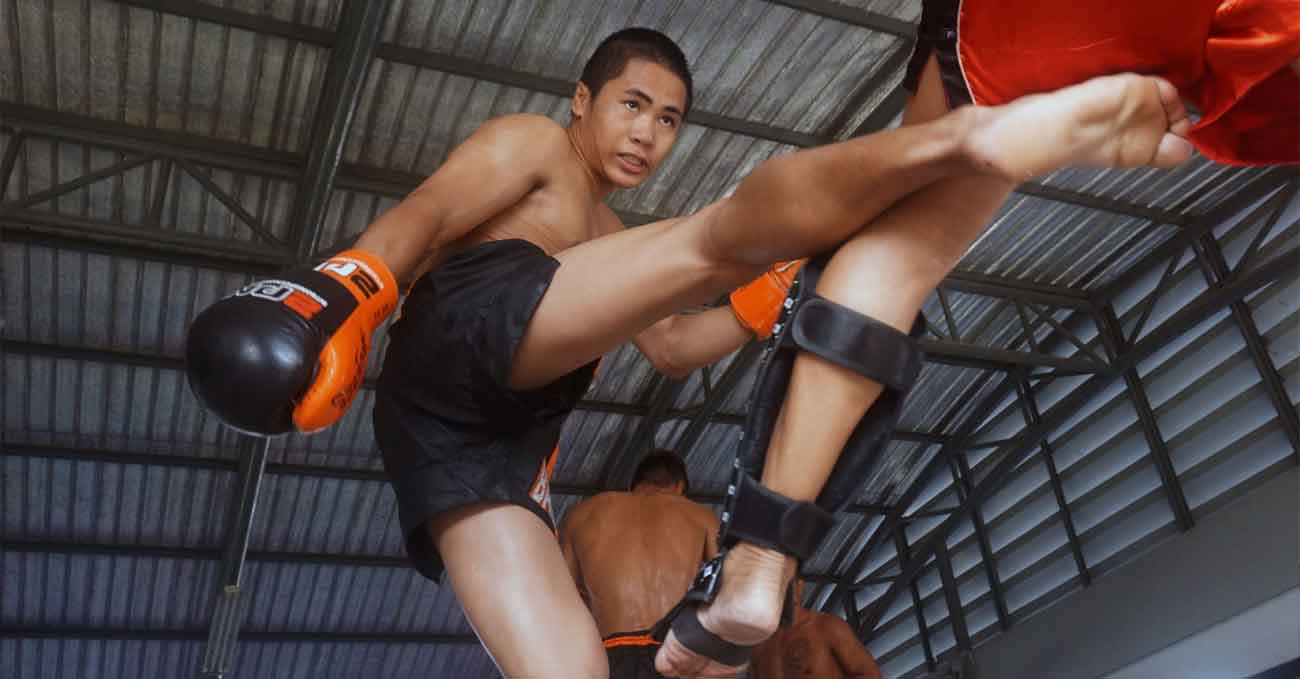
MMA, Muay Thai and Boxing all have long and storied histories, with origins dating back hundreds or even thousands of years.
Muay Thai is the oldest of the three, with roots tracing back to Muay Boran, an unarmed martial art practiced by Siamese soldiers in the 13th century. Modern Muay Thai emerged in the early 20th century with the introduction of modern gloves and rules.
Boxing also has ancient origins, with evidence of fist fighting depicted in Sumerian reliefs from the 3rd millennium BC. Modern boxing originated in England in the late 17th century, with the introduction of the Marquess of Queensberry rules in 1867 that mandated the use of gloves.
MMA is the youngest combat sport, emerging in Brazil in the early 20th century as “vale tudo” competitions before growing into a regulated sport in the 1990s. The first UFC event was held in 1993.
The Techniques and Rules of Boxing, Muay Thai and MMA
Boxing, Muay Thai and Mixed Martial Arts (MMA) are three combat sports that involve full-contact striking, but each has its distinct techniques, rules and competition norms.
In boxing, only punches using gloved hands are permitted. Kicks, elbows, knees, throws, and grappling are prohibited. Muay Thai allows both punches and kicks, along with knee and elbow strikes. MMA permits an even wider range of techniques including punches, kicks, knees, elbows, throws, takedowns and grappling on the ground.
The rules also differ when it comes to clinching. Muay Thai allows prolonged clinching and knee strikes from the clinch. Boxing breaks up clinching much more quickly and limits what can be done in the clinch. MMA permits some clinching but not for extended periods.
The competition area and structure also vary. Boxing is fought in a roped ring, while Muay Thai uses a square ring. MMA bouts take place in a fenced octagonal cage. Boxing and Muay Thai matches consist of 3-minute rounds and 5-12 total rounds depending on whether it is a championship fight. MMA fights are 5-minute rounds, with 3 or 5 rounds total.
Training and Culture of Each Combat Sport
The training methodology and gym culture differs quite a bit between the three sports as well. Boxing training heavily emphasizes proper punching technique, defense and footwork drilled for hours on focus mitts, heavy bags and speed bags. Sparring sessions are kept short and light.
Muay Thai training utilizes bags and pads as well, but the conditioning emphasis is on long, grueling sparring sessions. Hard shin guards allow fighters to spar at full power. The traditional Muay Thai camp lifestyle in Thailand is spartan and austere compared to modern MMA and boxing gyms.
MMA training is cross-disciplinary, blending boxing and Muay Thai striking, wrestling, Brazilian Jiu Jitsu grappling and other arts. Sparring intensity varies from light technique work to near full power. MMA gyms tend to have a commercial vibe, attracting men, women and children of all ages. Traditional boxing gyms still exist, but upscale fitness-style boxing studios are growing in popularity.
Injuries, Safety and Popularity
The injury risks and safety precautions vary based on the different techniques. Boxing produces more chronic brain trauma like CTE due to heavy blows over a long career. Muay Thai’s kicks, knees and elbows lead to more bone fractures, shin injuries, cuts and knockouts. MMA can cause joint injuries and torn ligaments from submissions as well as head trauma from strikes.
Boxing provides more hand protection with larger mitts and also uses headgear in sparring. MMA prohibits some of the most dangerous techniques which improves fighter safety. But clinching in Muay Thai and boxing does increase risk compared to MMA’s separation.
All three sports enjoy widespread global popularity, but with some key differences. Boxing has been one of the world’s most popular sports for over a century, with legends like Muhammad Ali, Mike Tyson and Floyd Mayweather. Muay Thai is hugely popular in Thailand and Southeast Asia, and its popularity is growing worldwide.
MMA exploded in popularity in the 2000s and has surpassed boxing and Muay Thai in many markets thanks to stars like Conor McGregor and Ronda Rousey. Many MMA champions cross-train boxing and Muay Thai to improve their stand-up skills. While boxing’s popularity has declined in the US, it remains popular worldwide. Muay Thai and MMA are seeing increased participation and viewership growth globally.
Conclusion
In summary, while the three sports share similarities as full-contact combat sports, they have distinct histories, techniques, rules, culture, competition structure and safety considerations. All remain vibrant and popular in their own right, attracting fans worldwide and even spurring interest in online sports betting. The intermixing of techniques and athletes among the sports promises continued evolution and innovation.